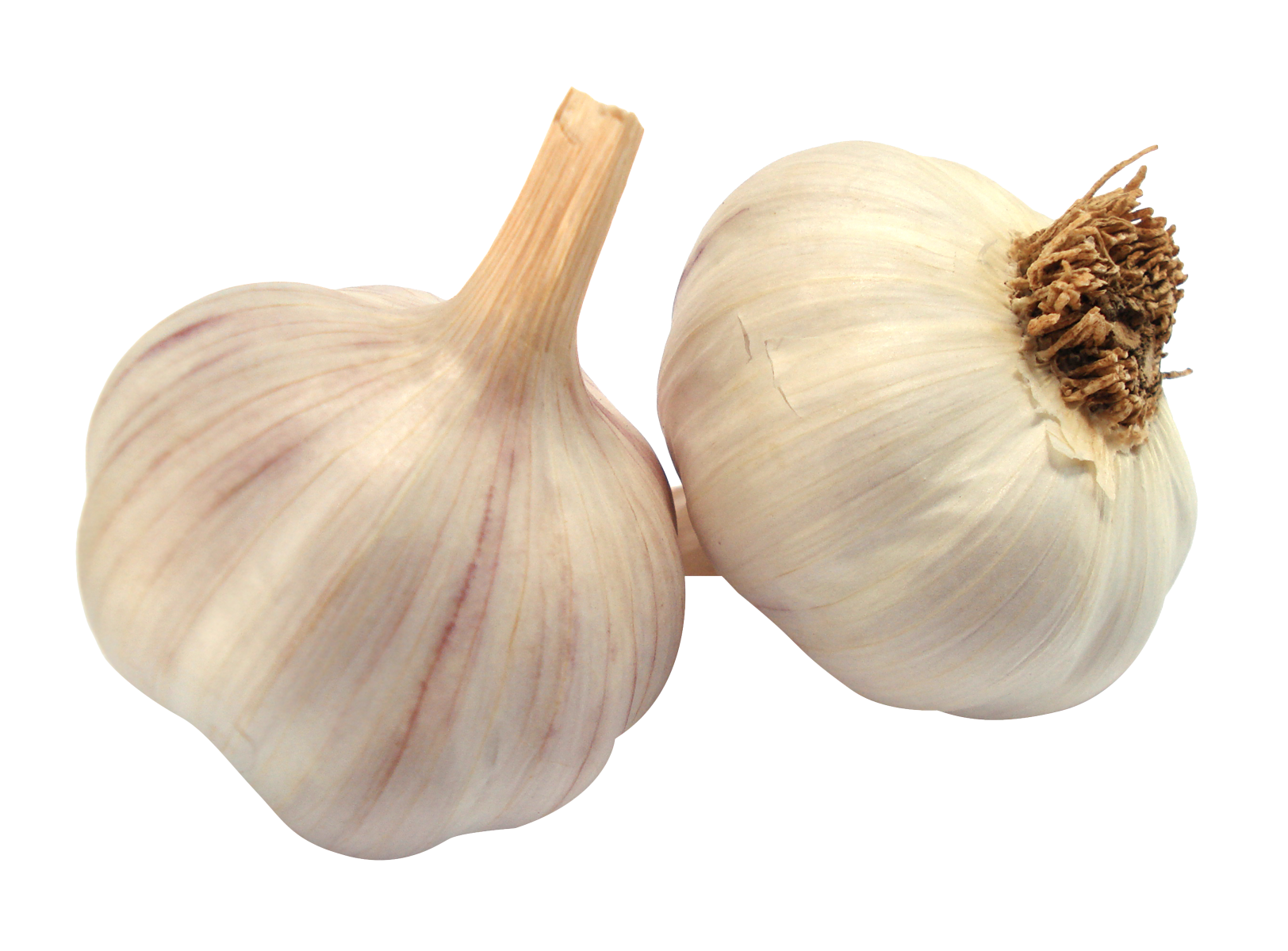Commercial sale of genetically modified crops began in 1994, when Calgene first marketed its Flavr delayed ripening tomato. To date, most genetic modification of foods have primarily focused on cash crops in high demand by farmers such as soybean, corn, canola, and cotton seed oil. These have been engineered for resistance to pathogens and herbicides and better nutrient profiles. GM livestock have also been experimentally developed, although as of November 2013 none are currently on the market.
There is broad scientific consensus that food on the market derived from GM crops poses no greater risk to human health than conventional food. However, on several grounds,opponents have objected to GM foods including safety issues, environmental concerns, and economic concerns raised by the fact that GM seeds (and potentially animals) that are food sources are subject to intellectual property rights owned by corporations.
Foods with protein or DNA remaining from GMOs
As of 2013 there are several GM crops that are food sources and there are no genetically modified animals used for food production. In some cases, the plant product is directly consumed as food, but In most cases, crops that have been genetically modified are sold as commodities, which are further processed into food ingredients.
Fruits and vegetables
Papaya has been genetically modified to resist the ringspot virus. ‘SunUp’ is a transgenic red-fleshed Sunset cultivar that is homozygous for the coat protein gene of PRSV; ‘Rainbow’ is a yellow-fleshed F1 hybrid developed by crossing ‘SunUp’ and nontransgenic yellow-fleshed ‘Kapoho’.The New York Times stated that “in the early 1990s, Hawaii’s papaya industry was facing disaster because of the deadly papaya ringspot virus. Its single-handed savior was a breed engineered to be resistant to the virus. Without it, the state’s papaya industry would have collapsed. Today, 80% of Hawaiian papaya is genetically engineered, and there is still no conventional or organic method to control ringspot virus.”
The New Leaf potato, brought to market by Monsanto in the late 1990s, was developed for the fast food market, but was withdrawn from the market in 2001 after fast food retailers did not pick it up and food processors ran into export problems.There are currently no transgenic potatoes marketed for human consumption. In October 2011 BASF requested cultivation and marketing approval as a feed and food from the EFSA for its Fortuna potato, which was made resistant to late blight by adding two resistance genes, blb1 and blb2, which originate from the Mexican wild potato Solanum bulbocastanum.However in February 2013 BASF withdrew its application. In May 2013, the J.R. Simplot Company sought USDA approval for their “Innate” potatoes, which contain 10 genetic modifications that prevent bruising and produce less acrylamide when fried than conventional potatoes; the inserted genetic material comes from cultivated or wild potatoes, and leads to RNA interference, which prevents certain proteins from being formed.
As of 2005, about 13% of the zucchini grown in the US was genetically modified to resist three viruses; the zucchini is also grown in Canada.
As of 2012, an apple that has been genetically modified to resist browning, known as the Nonbrowning Arctic apple produced by Okanagan Specialty Fruits, was awaiting regulatory approval in the US and Canada. A gene in the fruit has been modified such that the apple produces less polyphenol oxidase, a chemical that manifests the browning.



























